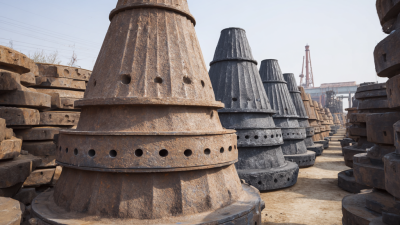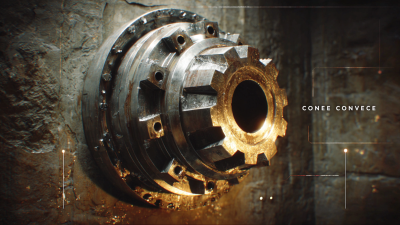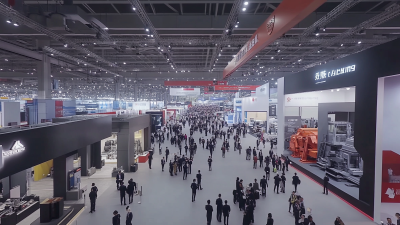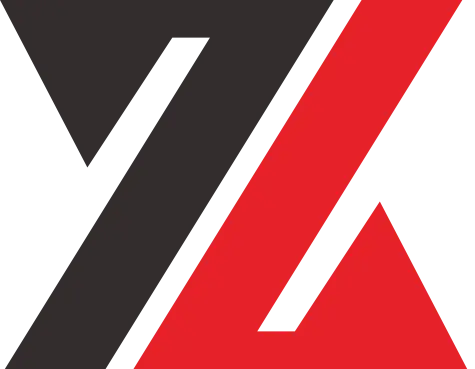When it comes to optimizing the performance and longevity of cone crushers, one of the most critical components to focus on is the "Cone Crusher Liner." These liners play a vital role in the crushing process, as they directly affect the efficiency and output of the machinery. Understanding how to enhance their lifespan and functionality is essential for operators seeking to minimize wear and repair costs while maximizing production. This guide will delve into the intricacies of cone crusher liners, exploring factors such as material composition, wear patterns, and best practices for maintenance. By leveraging this knowledge, industry professionals can make informed decisions that lead to more effective and cost-efficient operations, ultimately ensuring that their crushers perform at their best throughout their service life.

Cone crusher liners are critical components that significantly influence the performance and longevity of the crushing process. Understanding the types of liners available and their specific applications is essential for optimizing both efficiency and durability. The primary types of cone crusher liners include standard, medium, and fine profiles, which are designed to suit various stages of crushing and different material properties.
Standard liners are typically used for primary or secondary crushing, where the goal is to achieve maximum throughput. Medium liners can be advantageous in situations that require a balance between feed size and product shape, making them suited for both primary and secondary applications. Fine liners, on the other hand, are ideal for tertiary applications, where a finer product is required. Each of these profiles can be further customized with different materials, such as manganese steel or ceramic, to enhance wear resistance and optimize performance based on specific crushing conditions. Selecting the right liner type is crucial for maximizing operational efficiency and minimizing downtime.

When it comes to optimizing the performance and longevity of cone crushers, the choice of liner material plays a crucial role. The most common materials used for cone crusher liners include high manganese steel, alloy steel, and ceramic matrix composites. High manganese steel is known for its excellent work hardening properties, making it ideal for crushing hard materials. According to a study by the International Journal of Mining Science and Technology, high manganese steel liners can extend wear life by up to 25% compared to standard materials, highlighting the importance of material selection in long-term operations.
On the other hand, alloy steel liners offer superior toughness and resistance to wear but generally have a shorter lifespan compared to high manganese options. A report from the Institute of Materials Science pointed out that while alloy steel liners may need to be replaced more frequently, they can handle higher loads and reduce the risk of catastrophic failure in specific applications. Another innovative material gaining traction is ceramic matrix composites, which provide exceptional wear resistance and durability. Industry data shows that these composites can outperform traditional materials by up to 50% in specific abrasive applications, making them a valuable consideration for operators looking to enhance the efficiency of their cone crushers.
The design of cone crusher liners plays a crucial role in determining the efficiency of the crushing process and the quality of the final product. Various liner profiles can influence the material flow through the crusher, affecting both the reduction ratio and the size distribution of the crushed material. For instance, a well-designed liner profile will enhance the crushing action by optimizing the distribution of force across the liner surface, leading to better fragmentation of the material.

In addition to performance, the liner design also impacts wear characteristics, which in turn affects operational longevity. The right choice of materials and shapes can reduce wear rates, allowing for longer service intervals and less frequent replacements. This not only saves costs associated with maintenance but also ensures that the product quality remains consistent over time. Ultimately, understanding and optimizing liner design is essential for maximizing both efficiency and the quality of materials produced by cone crushers.
Cone crusher liners are critical components that directly impact the performance and lifespan of the crusher. To optimize their longevity, implementing effective maintenance practices is essential. Regular inspections and timely replacements can prevent unplanned downtimes and improve efficiency. One standout approach is consistent choke feeding, which ensures a stable and effective crushing process. This practice not only enhances the crushing efficiency but also promotes better wear life for the manganese used in the liners.
Tips for extending the lifespan of cone crusher liners include following proper work hardening techniques. By allowing the liner to work harden during operation, it develops a tough outer shell that can resist stress and wear. Additionally, maintaining a proper feed size and minimizing the presence of oversized materials will directly contribute to the liners enduring longer, as it reduces unnecessary stress on the equipment. Continuous training and awareness of these practices among operators can significantly boost the overall productivity of the crushing operations.
When it comes to maintaining cone crushers, understanding the signs of wear on the liners is crucial for optimizing performance. Cone crusher liners are subjected to intense pressure and impact while processing materials. According to a recent industry report by the Mining Engineering Society, worn liners can lead to reduced throughput by as much as 20% and significantly increase operational costs. Regular inspection for signs such as uneven wear patterns, deep grooves, or fractures can prevent these losses.
Timing is everything when it comes to replacing cone crusher liners. The optimal lifespan of liners can vary significantly depending on the material being processed and operational conditions, typically ranging from 200 to 1,000 hours of operation. A study from the Engineering Journal highlighted that replacing liners at the right time can extend the overall life of the cone crusher by up to 30%. By monitoring wear indicators and maintaining a proactive approach to liner replacement, operators can ensure peak performance while minimizing downtime and maximizing profitability.









